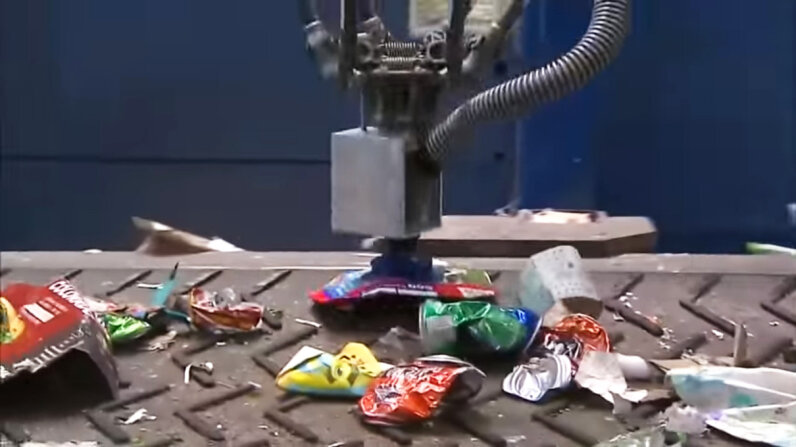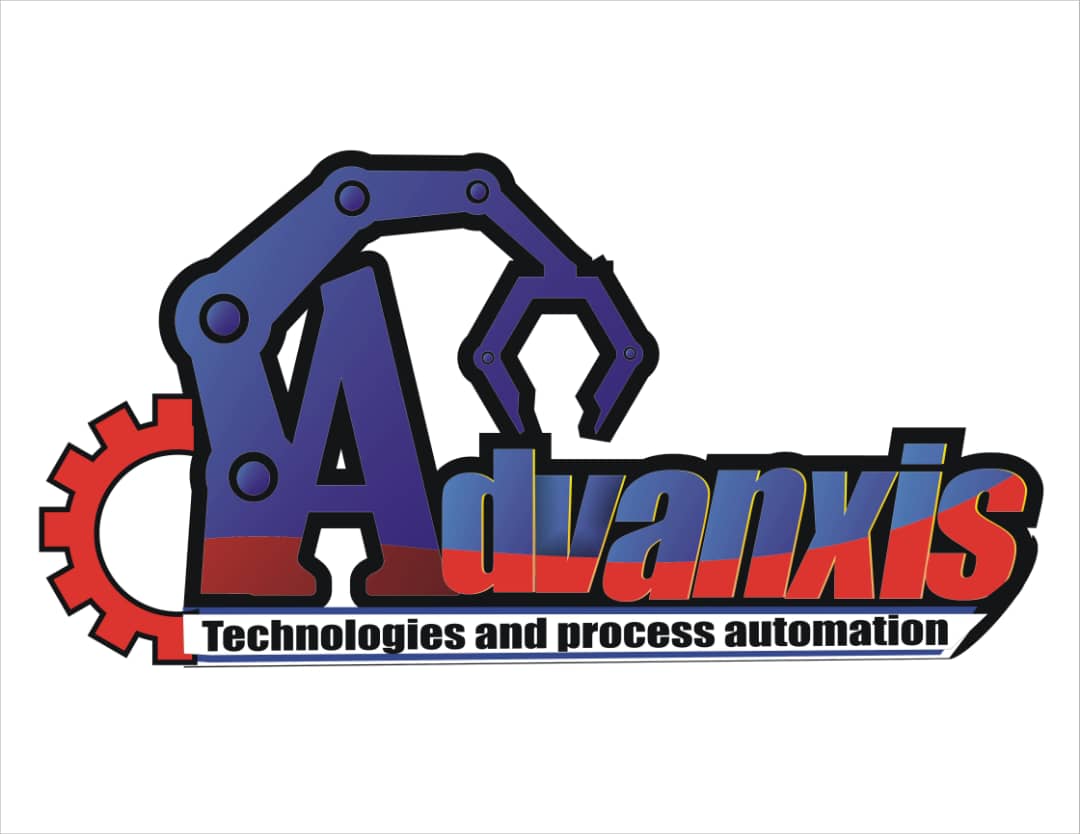
An AMP Robotics creation nicknamed Clarke was built to sort cartons in a recycling setting. Clarke’s artificial intelligence programming allows it to learn more efficient ways of performing its task.
When you hear terms like robotics and artificial intelligence tossed around, you probably expect the conversation to be about some lofty futuristic subject. Mining on asteroids, perhaps, or doing heart-transplant operations by remote control. The last thing you’d guess is that talking about sorting trash to separate out the recyclables.
Well, guess again. For years, researchers have been looking to robots as a possible answer for coping with the mountains of refuse generated by our throwaway civilization. To that end, a company called AMP Robotics — in collaboration with carton industry group the Carton Council and Denver-based Alpine Waste & Recycling — has developed a recycling robot called Clarke, that uses artificial intelligence to improve the efficiency of carton recycling.0:04
Clarke — which is named after sci-fi visionary Arthur C. Clarke, according to a company press release — uses a machine vision system to identify recyclables, an artificial intelligence to sort them, and then employs spider-like arms equipped with specially designed gripping claws to pick up items that are to be recycled
The robotic system’s deep-learning programming uses what it learns from picking up cartons to devise more efficient techniques, teaching itself (and other networked Clarkes in other locations) to perform better. Eventually, Clarke will become capable of picking up items at a rate of two per second.
“Clarke provides a new and exciting approach to sorting recyclables. Currently there is nothing out there that does what this system does,” said AMP Robotics founder and chief executive Matanya Horowitz said in the press release. “Clarke can be a cost-effective way for facilities to introduce new packaging that does not always have a large volume. Additionally, unique grippers can be developed to identify and pick contaminants, which is one of the biggest issues our industry currently faces.”
Recycling can be derided by critics as inefficient and not immediately worth the money; robotic innovation could help reduce the cost. Now if we only had a robot to remind us to unplug our electricity-wasting gadgets at night and bring along a reusable mug to the coffee shop, we’d be on our way to total Earth-friendliness.
